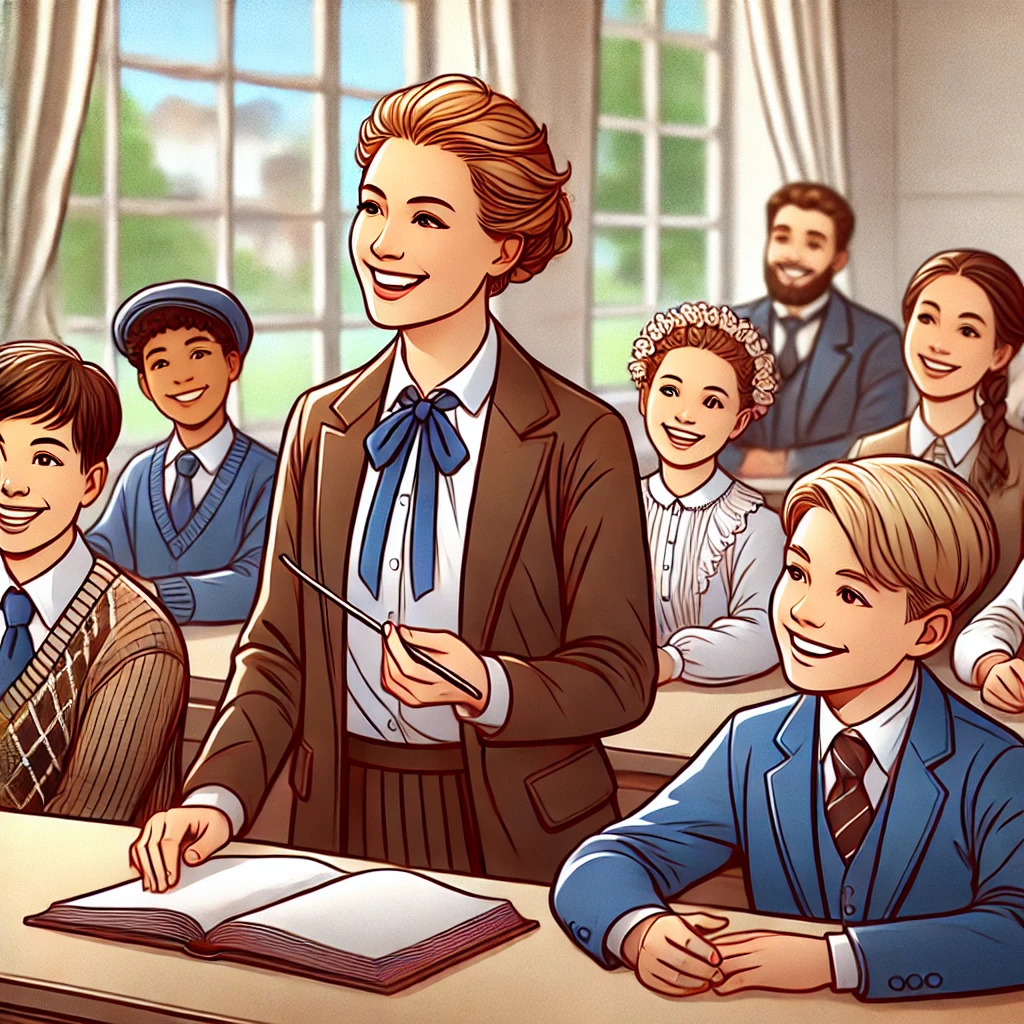Understanding the diverse needs of students in a multicultural English classroom is essential for effective teaching. By adapting teaching styles to accommodate different learning preferences, educators can create a more inclusive and engaging learning environment. In this guide, we will explore various strategies and approaches that teachers can use to address the unique challenges and opportunities presented by multicultural classrooms. From incorporating diverse perspectives in curriculum design to utilizing technology for interactive learning, we will discuss practical tips for promoting cultural awareness and fostering academic success for all students.
Table of contents
1. Importance of Cultural Diversity in Education
2. Adapting Curriculum to Reflect Diversity
3. Utilizing Multisensory Teaching Methods
4. Incorporating Technology in the Classroom
Importance of Cultural Diversity in Education
Cultural diversity plays a crucial role in shaping the educational experience of students. In a multicultural classroom, students bring their unique backgrounds, experiences, and perspectives, enriching the learning environment. By valuing and celebrating cultural diversity, teachers can create a more inclusive and respectful classroom atmosphere. Recognizing the importance of cultural diversity also helps students develop empathy, tolerance, and global awareness – essential skills for success in an interconnected world.
Adapting Curriculum to Reflect Diversity
One way to embrace cultural diversity in the classroom is by adapting the curriculum to reflect the experiences of all students. This can include incorporating literature, history, and art from a variety of cultures, as well as highlighting the contributions of diverse individuals to society. By providing students with a curriculum that is inclusive and representative of different backgrounds, teachers can help foster a sense of belonging and pride in students' cultural heritage.
Utilizing Multisensory Teaching Methods
In a multicultural classroom, students may have different learning preferences and strengths. Utilizing multisensory teaching methods can help accommodate these diverse learning styles and enhance student engagement. By incorporating visual, auditory, and kinesthetic elements into lessons, teachers can provide multiple pathways for students to understand and retain information. For example, using visual aids, hands-on activities, and group discussions can appeal to a range of learning preferences and create a dynamic and interactive learning environment.
Incorporating Technology in the Classroom
Technology can be a powerful tool for promoting cultural awareness and connecting students from different backgrounds. By integrating technology into lessons, teachers can provide access to a wealth of resources, multimedia content, and interactive learning platforms. Virtual field trips, online collaborations with students from other countries, and digital storytelling projects are just a few examples of how technology can facilitate cross-cultural learning experiences. Additionally, technology can help bridge language barriers and provide support for English language learners, making lessons more accessible and engaging for all students.
What Makes You a Good Teacher? - ITTT How and When Should a TEFL Teacher Adjust Their Teaching Style? - ITTT How Good Classroom Management Depends On Exemplary Teacher Behavior - ITTT Tefl reviews - Classroom Management For Teaching English As A Foreign Language Classroom Arrangement Top 10 Mistakes To Avoid In The Classroom While Teaching English How do you deal with misbehaving TEFL students? How to go from teaching English online to teaching in-class? Tefl reviews - Classroom Management For Teaching English As A Foreign Language Giving Instructions Tefl reviews - Classroom Management For Teaching English As A Foreign Language Grouping Students Tefl reviews - Classroom Management For Teaching English As A Foreign Language Rapport Building



